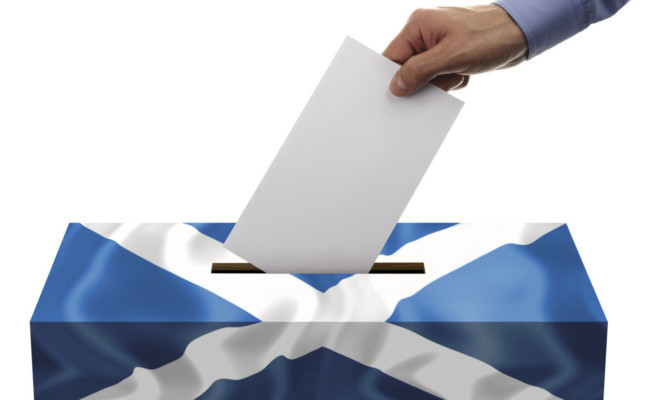
“A future constitution is about the only issue in setting up an independent Scotland which would not be subject to the vagaries of negotiation.”
The goal of making Scotland a fairer place is one shared by most people who live here, regardless of how they will vote in this week’s referendum.
But will putting an X next to Yes on your ballot paper actually take us any closer to a more just country?
The Yes camp’s main argument in this regard is Scots would get the governments they vote for compelling to many when there is an unpopular coalition in Westminster and just one Tory MP north of the Border.
But, despite winning a historic majority in the 2011 election, 55% of the country still voted against the SNP so not getting the government you voted for will still be with us regardless of which flag is flying over Holyrood.
The written constitution, enshrining basic rights in law, offers the chance for a fairer Scotland, but again it comes with caveats.
If done properly as the convention which helped establish the Scottish Parliament was then the constitution does have the potential to be a tick in the box for making the country fairer.
However, the bigger issue is one party dominating a Holyrood parliament that was designed to create coalition government and consensus politics.
The SNP domination of committees, discussions and debates has created its own democratic deficit.
And their track record of being one of the most centralising and controlling devolved administrations rightly makes critics nervous of just how fair an independent Scotland would be.
It is important to note a future constitution is about the only issue in setting up an independent Scotland which would not be subject to the vagaries of negotiation with Westminster.
This gives it a much higher chance of succeeding but there is no getting away from the fact that it is still very much a step into the unknown.

Enjoy the convenience of having The Sunday Post delivered as a digital ePaper straight to your smartphone, tablet or computer.
Subscribe for only £5.49 a month and enjoy all the benefits of the printed paper as a digital replica.
Subscribe